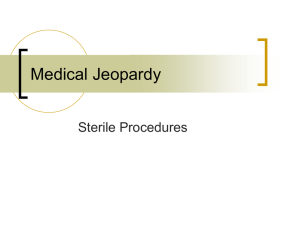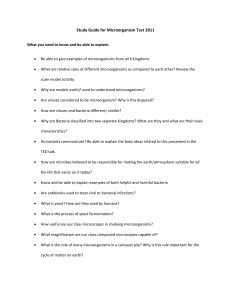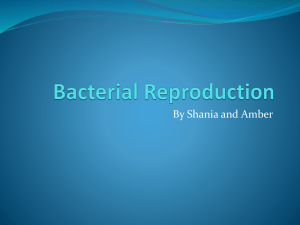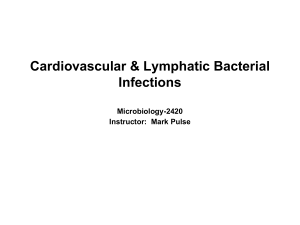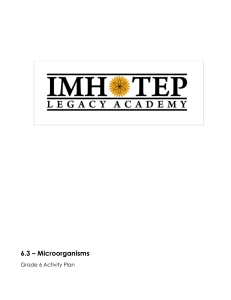Microbiology Test Review
advertisement
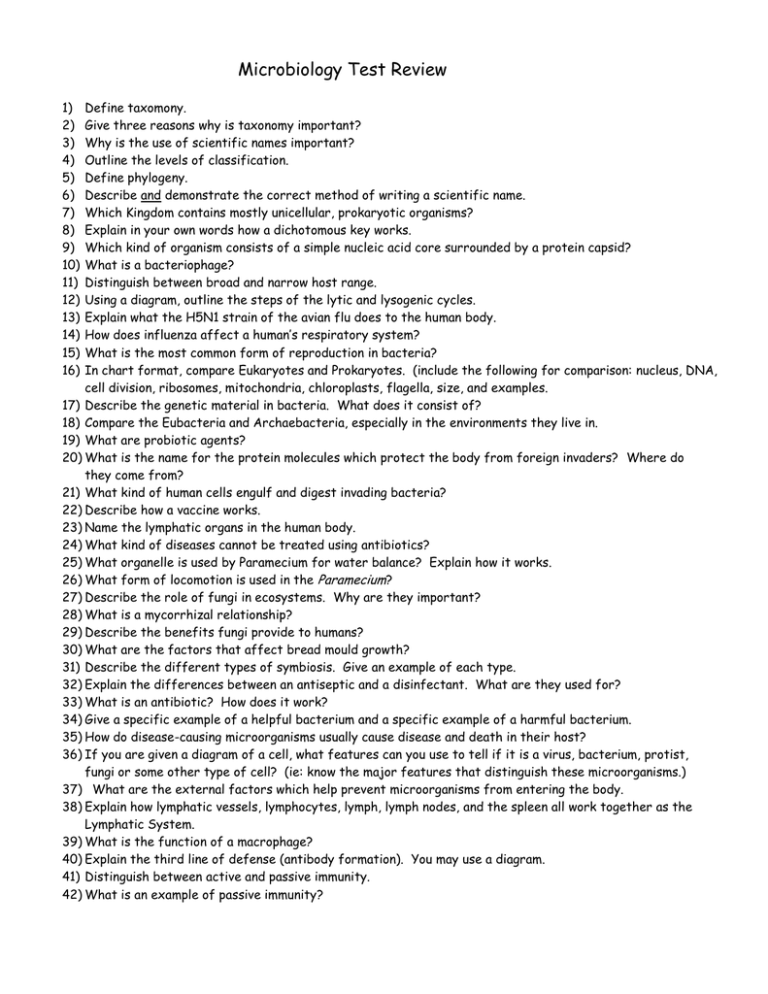
Microbiology Test Review 1) 2) 3) 4) 5) 6) 7) 8) 9) 10) 11) 12) 13) 14) 15) 16) Define taxomony. Give three reasons why is taxonomy important? Why is the use of scientific names important? Outline the levels of classification. Define phylogeny. Describe and demonstrate the correct method of writing a scientific name. Which Kingdom contains mostly unicellular, prokaryotic organisms? Explain in your own words how a dichotomous key works. Which kind of organism consists of a simple nucleic acid core surrounded by a protein capsid? What is a bacteriophage? Distinguish between broad and narrow host range. Using a diagram, outline the steps of the lytic and lysogenic cycles. Explain what the H5N1 strain of the avian flu does to the human body. How does influenza affect a human’s respiratory system? What is the most common form of reproduction in bacteria? In chart format, compare Eukaryotes and Prokaryotes. (include the following for comparison: nucleus, DNA, cell division, ribosomes, mitochondria, chloroplasts, flagella, size, and examples. 17) Describe the genetic material in bacteria. What does it consist of? 18) Compare the Eubacteria and Archaebacteria, especially in the environments they live in. 19) What are probiotic agents? 20) What is the name for the protein molecules which protect the body from foreign invaders? Where do they come from? 21) What kind of human cells engulf and digest invading bacteria? 22) Describe how a vaccine works. 23) Name the lymphatic organs in the human body. 24) What kind of diseases cannot be treated using antibiotics? 25) What organelle is used by Paramecium for water balance? Explain how it works. 26) What form of locomotion is used in the Paramecium? 27) Describe the role of fungi in ecosystems. Why are they important? 28) What is a mycorrhizal relationship? 29) Describe the benefits fungi provide to humans? 30) What are the factors that affect bread mould growth? 31) Describe the different types of symbiosis. Give an example of each type. 32) Explain the differences between an antiseptic and a disinfectant. What are they used for? 33) What is an antibiotic? How does it work? 34) Give a specific example of a helpful bacterium and a specific example of a harmful bacterium. 35) How do disease-causing microorganisms usually cause disease and death in their host? 36) If you are given a diagram of a cell, what features can you use to tell if it is a virus, bacterium, protist, fungi or some other type of cell? (ie: know the major features that distinguish these microorganisms.) 37) What are the external factors which help prevent microorganisms from entering the body. 38) Explain how lymphatic vessels, lymphocytes, lymph, lymph nodes, and the spleen all work together as the Lymphatic System. 39) What is the function of a macrophage? 40) Explain the third line of defense (antibody formation). You may use a diagram. 41) Distinguish between active and passive immunity. 42) What is an example of passive immunity?

